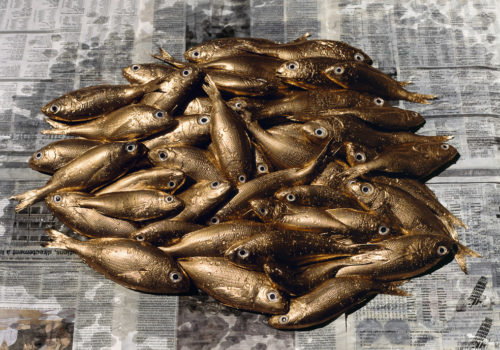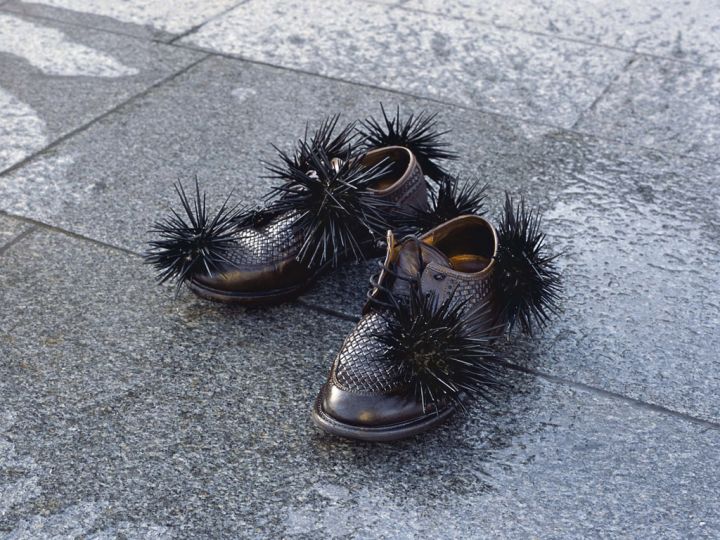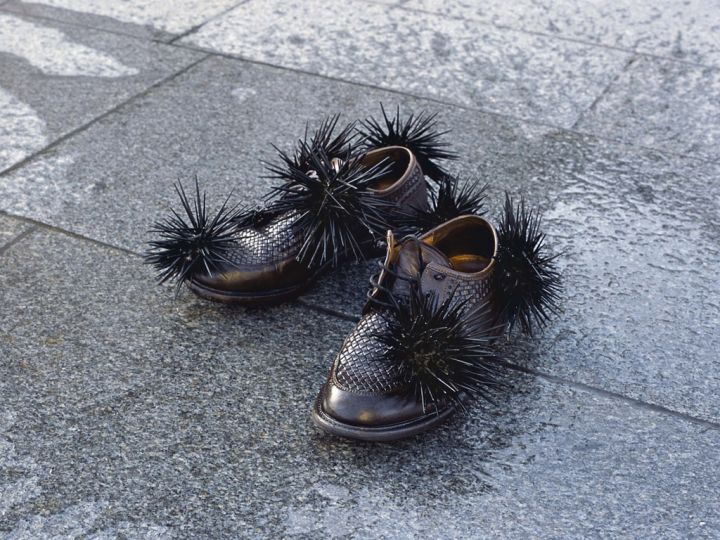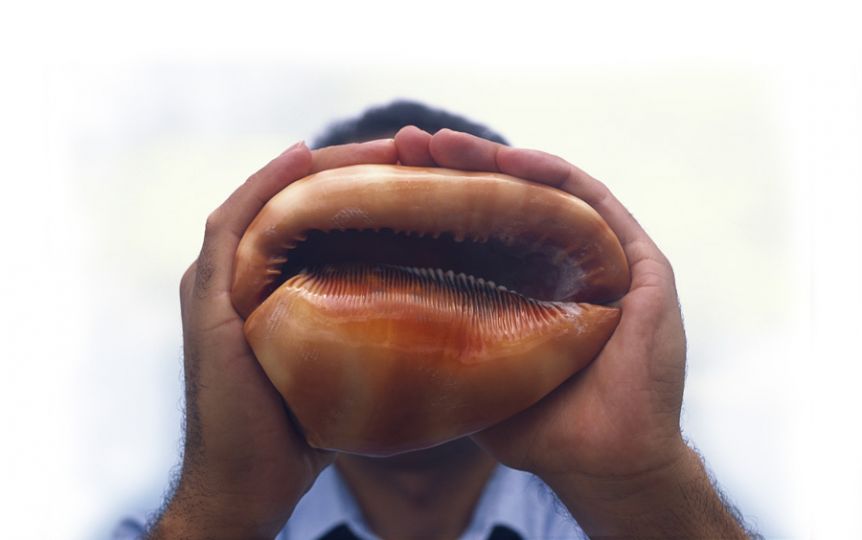Thierry Fontaine was awarded the Carte Blanche PMU 2015 this past March. Since then, he has been putting the finishing touches on his photo series Le prix du rêve, la terre promise (“The price of the dream, the promised land”). The work will be exhibited at the Centre Pompidou in October, and will be the subject of a book published by Filigranes.
Tell us about your project for the 6th edition of the Carte Blanche PMU.
I wanted to address the dreams aroused by gambling. Betting is like a game. It’s a game of hope where the hope is to win. And in winning there’s the dream of attaining something previously inaccessible. For example, changing the way one lives. Not every player shares this dream. Some simply like the thrill of the game. But by focusing on the dream, I leave room for all their different hopes—the impossible, the possible, and the strange.
Since I’m not a gambler myself, I didn’t really want to put myself in their place. Instead I created a dream, the kind of dream that comes from gambling. All of my photographs are dreams. I create every one of them, no snapshots. They don’t represent gambling, but they evoke it somewhat cryptically. They aren’t conceptual. They speak more to poetry than to any objective thing.
How did you approach this project?
Like a new experience. I had three months to do it. For me it was a real challenge. Generally, I work slowly. Preparing a photograph can take months. It was different here because I had to do everything at once, from conception to execution. An idea came to me, I developed it, did some experiments. If it didn’t work, it’s because it wasn’t a good idea, so I moved on. For three whole months, almost every day, it was very intense.
Before starting, I had no clear idea of the kind of photographs I wanted to make. I’m used to taking pictures and I know it can happen very quickly. The photographs I’m doing right now for the Carte Blanche make me very happy. If I hadn’t been selected, I never would have gotten the chance to do it. I have to place myself in a specific world in order to imagine it. Here I could bounce from one image to the next. It’s not always the case. I usually don’t work in series. Every photograph is a different moment, even if you can put them together after the fact. But in this very specific case certain photographs led to others. For example, in the exhibition there will be three photographs of goldfish, and one of a black fish. I had to include the latter because, in dreams, there’s good but there’s also darkness, nightmares… Metaphorically, in this context, there are winners, but there are also (mostly) losers. And on a visual level, I wanted to balance out the exhibition.
Let’s talk more about your pictures. Today you’re unveiling three of them. Can you tell us how you worked with this idea of gambling?
For Poissons dorés (“Goldfish”), I realized that gambling is a lot like fishing. Gamblers spend a lot of time waiting around: for the race to start, for the race to end, for the next one to start… There are long periods where the gambler is doing nothing, and fishing is like that, too. And gamblers don’t really care about the little wins. They want the jackpot, the big fish. This pile of goldfish on the newspaper is a way to bring together these two things, the paper of little value compared to the “precious” goldfish.
The second is a pile of matches, two-thirds burned, but their heads are golden. For me, it’s a way of saying that even something burned still has value. Not everything is lost. There’s still hope. The title is Les joueurs (“The Gamblers”). For me, through these matches, you can see people.
And finally, attendre titre (“The Gambler”) is about players who read specialized newspapers to make their predictions. I photographed someone from behind. You can see his hands with an open newspaper. Every page is golden, as if he were holding a golden leaf. The sun is behind him. You can see the shadow of his head reflected in the leaf. Titles are very important, because even if the images are “open,” titles offer some meaning.
How’s the book project coming along?
It’s going well. It’s really a team effort. I discuss my ideas with the team at Beaubourg, Clément Chéroux and Françoise Vogt. That’s something I believe in. I like to take my pictures by myself, but once that’s done, I need to be supported. The gallery at the Centre Pompidou is unusual. It’s a long space, very elegant but not classic. So I rely on the experience of the team at Beaubourg to understand what’s going to work, or not, the prints are made by a printer I’ve been working with for years. Given the short amount of time, I needed someone who knew my work and who could understand me quickly.
For the book, and this is something I really believe in, when I’m working on something, I don’t think that anyone should interfere. So I want the graphic designers to have their freedom, too. All I ask is that the photographs not be cropped. And I’ve seen their previous books. They’re so well done. I’m not worried at all.
EXHIBITION
Thierry Fontaine, winner Carte blanche PMU 2015
From 7th to 19th October, 2015
Centre Pompidou
Place Georges-Pompidou
75004 Paris
France
https://www.centrepompidou.fr
http://carteblanchepmu.fr
http://www.thierry-fontaine.org



















